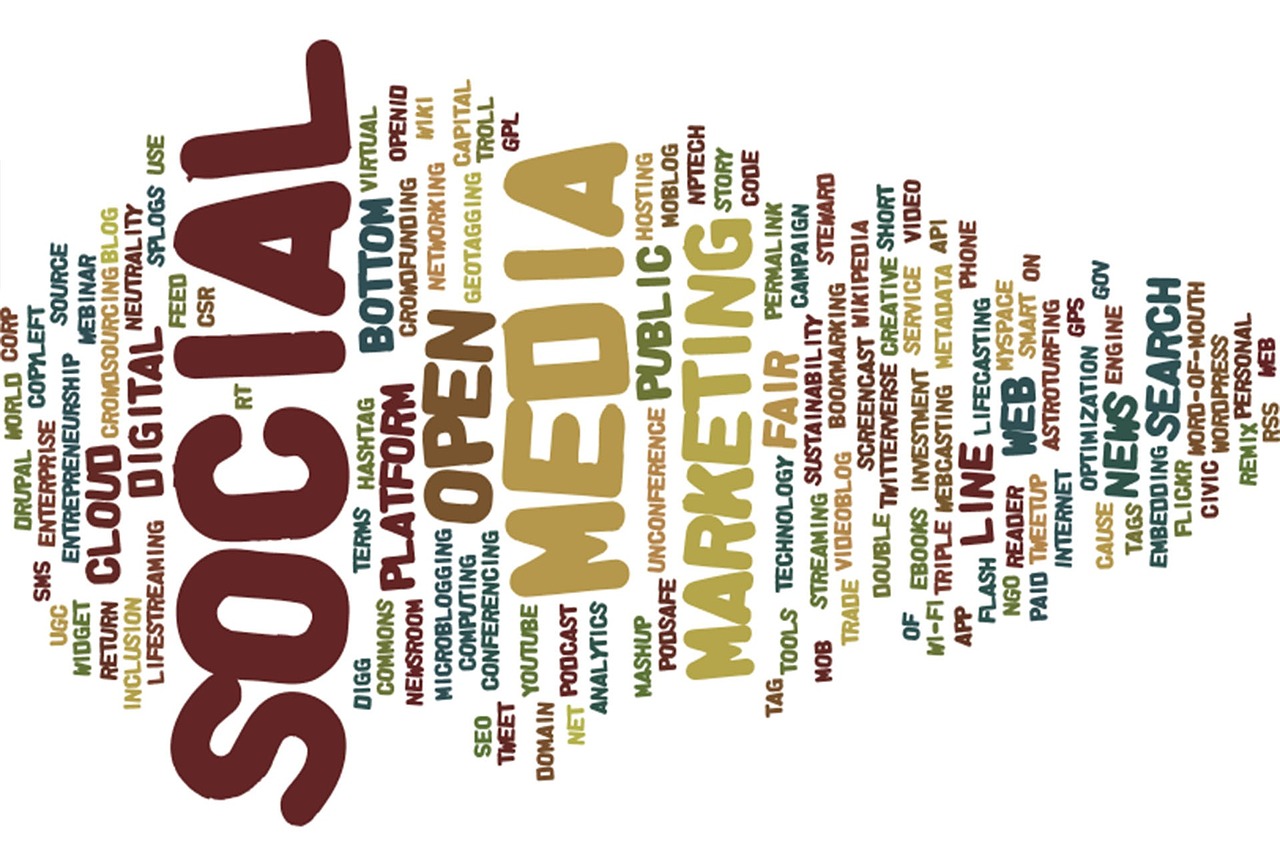Content marketing is a kind of marketing that focuses on creating and sharing relevant and valuable content with target audiences to build trust, establish credibility, and drive action. In other words, it’s an online strategy for promoting brand awareness, trustworthiness, and reliability through consistently high-quality content. It’s also a form of paid advertising that uses online content to create targeted ads that appear in user searches and social media feeds. If you’re not sure where to start with your first steps towards implementing a content marketing plan for your business or nonprofit organization, this article will give you all the information you need about what it is, how to implement it effectively, what types of content are most effective for your brand, who should be involved in order to make sure everyone understands the same vision for your organization’s content marketing strategy…and much more!
What is Content Marketing?
A strategy is a plan for achieving a specific result.

A content marketing strategy is a roadmap for the creation of content and distribution channels that support your organization’s marketing goals.
This includes everything from planning your editorial calendar, researching your audience and market, developing and selecting your marketing assets and formats, and setting up a successful workflow for creating, distributing, and managing your content.
How to use Content Marketing in Business
By creating and sharing valuable content, you can attract and retain the trust of your audience. Brand trust is crucial to an effective content marketing strategy, just as it is in any marketing strategy that relies on building a relationship with customers.
When you have trust, you can expect your customers to act. They might not make a purchase right away, but they’re more likely to return to your business again if they trust you.

With content marketing, you can establish trust with customers in multiple ways:
– Identifying your target audience. Identifying your target audience is essential to creating content that appeals to them. You can do this by conducting market research to understand who your audience is, what they want, and what they are interested in.
– Finding your voice. Once you know who your audience is, you can start finding your unique voice. Your voice should reflect your organization’s personality and values. It should also be authentic and relatable, so it will feel like your voice, not just someone else’s ideas about your brand.
– Creating your message. Once you have identified your target audience, you can start crafting your ideal, personalized message. Your message should include your organization’s values and explain what your business does.
Benefits of a successful Content Marketing Strategy
– Increased Brand Awareness.

Through consistent and high-quality content, you can attract new fans and customers by growing your brand’s credibility and visibility in people’s minds.
– Increased Audience Engagement. When you use content to build relationships with your audience, you can start a conversation and encourage a one-way exchange of information. This is great for building anticipation and interest for your brand.
– Increased Customer Loyalty. By building trust and rapport with your audience, you can also encourage customer loyalty and word-of-mouth recommendations. Customers are more likely to tell their friends and colleagues how much they love your brand when they trust you.
– Reduced Marketing Costs. Using online content instead of traditional advertisements can save your business money by decreasing the amount of marketing spend and increasing the impact of your efforts.
– Higher Return on Investment (ROI). With content marketing, you can track the success of your strategy and use data to make adjustments based on how your audience responds to different kinds of content.

How to Create a Successful Content Marketing Plan
Planning for content marketing is essential to ensuring your strategy is successful. When you plan ahead, you can take advantage of opportunities that arise, ensure that your content is high-quality, and ensure it gets the audience it deserves.
Planning involves thinking ahead about when you want to publish your content, who you want to publish it to, and how you want to publish it. You can do this either manually or through software.
Once you have a plan in place, you’ll have a better idea of what you’re going to write about and when you’re going to publish it. This allows you to think more carefully about your content and publish what you know will be helpful for your readers.
Planning also lets you identify when your content will be ready for publication.

This can help you avoid publishing when you aren’t ready, which can result in low-quality content and frustration.
Planning also lets you make adjustments based on what happens once you publish your content. It can be difficult to make changes or adjustments to your content when you’re planning a content marketing strategy, but they become easier once you start publishing.
Who Should Be Involved in a Brand’s Content Marketing Strategy?
As with any marketing strategy, the success of a content marketing strategy relies heavily on the quality of the content itself.
However, there are a few factors that can affect the effectiveness of a campaign even if the content is high-quality. One of these factors is the audience’s interaction with the platform where the content is published.
If there is a glitch, a technical problem, or a glitch in the system, the content will not reach its target audience, which can have a significant effect on the success of a campaign.

Another factor that affects the success of a campaign is the involvement of the organization’s employees. When employees are involved in the content marketing strategy, they are more likely to be more consistent and thorough with the content they publish. This can have a significant effect on the success of a campaign.
Conclusion
Although content marketing has only recently become a well-known strategy, it has always been an important part of marketing. The key is finding the right mix of strategy, content, and technology to create long-lasting brand engagement.
To be successful at content marketing, you must identify your target audience, create valuable content that appeals to your readers, and distribute the content through a variety of channels.


